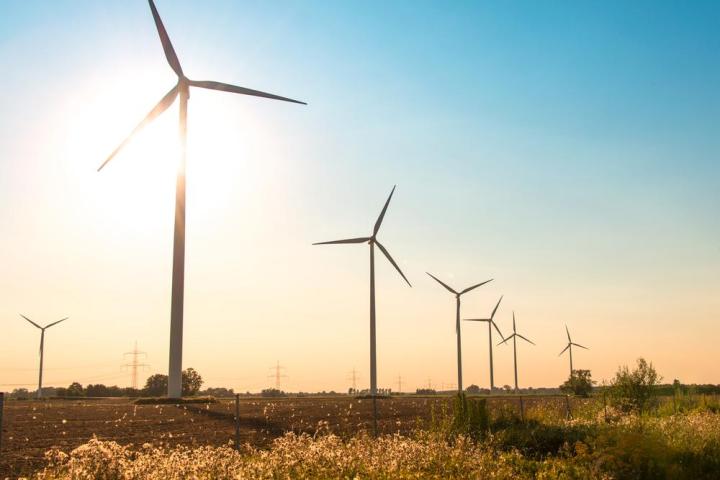
But China has the potential to harness wind and exceed that 2030 goal by up to six percent, according to a new study published by MIT researchers in the journal Nature Energy. All it has to do is revamp its farming strategy.
“China currently leads the world in installed wind capacity, but has faced challenges in integrating wind into its existing electricity generation mix, with spilled wind reaching 15 percent in 2015,” MIT Energy Initiative member and study co-author Valerie Karptlus told Digital Trends. “[We] were interested in grid-integrated wind energy potential and the impact of adjusting grid operations to allow wind to substitute more readily for coal when wind is available.”
When we consider where to farm a resource, we intuitively think its best to head where that resource is richest. Not so, says Karplus. At least not always.
When wind farms are developed in remote and windy areas, far away from energy grids, the cost of transmission and “spillage” – or an overabundance of a resource that can compromise the price of other forms of energy – becomes greater than if the wind farms were developed near energy grids in less windy areas. By building turbines closer to existing grids, the generated power can be more easily incorporated into the energy program.
“Under existing grid and generation expansion plans, China can integrate more wind nearby demand centers because of the cost required to build transmission, the limited capacity of these lines to deliver a large amount of simultaneous wind, and the more flexible generation mixes in the east compared to distant regions,” MIT graduate student and co-author Michael R. Davidson told Digital Trends.
Along with wind, Karplus said solar, nuclear, and hydro power can contribute significantly to China’s 2030 target. Still, the intermittent nature of wind and solar requires flexibility and China will need to coordinate these developments with coal-powered plants, which currently supply over 70 percent of the country’s electricity.
That may be the biggest hurdle. China’s energy program has a historical bond to coal-power. Separating that bond “involves changing longstanding norms and procedures in the power system.” said Karplus[A]djusting grid operations through further reforms…poses a major challenge but has great potential to improve outcomes for wind.”


